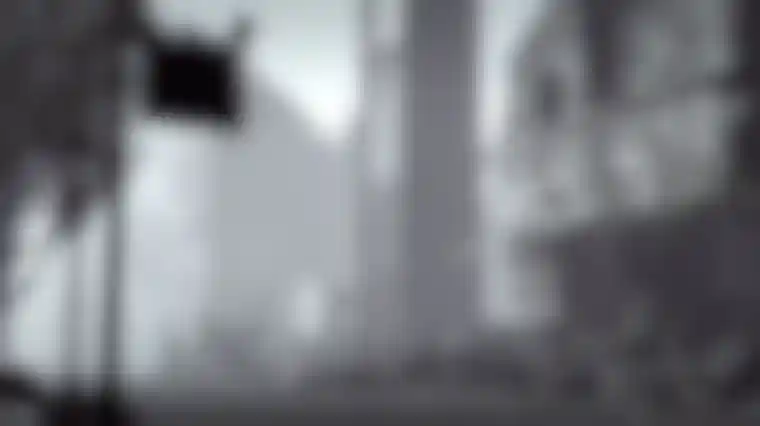
3D Worlds in the Shadow of Isolation Originally planned as a short film and serve as a reference, this project ended up taking three years to produce, and thanks to a great deal of creativity and Cinema 4D, became much more than was planned …
In our society, in which a growing number of elderly people for whatever reason lose touch with those around, social isolation is becoming an increasingly important topic. In the course of their search for a new story for a reference film, Annegret Ehrhardt and Till Gierman of Shamlbrei Film developed the story, 'Rue des Fleurs'.
Neither Annegret nor Till had previous experience with 3D animation films before they started work on this short film. In the end, they decided to use Cinema 4D for their project. Among the tools needed for the realization of 'Rue de Fleurs' were those for character animation, particle effects, hair, technical animation, modeling, dynamic and cloth simulation and more. Annegret and Till had seen colleagues use Cinema 4D, with whom they then made their first attempts at using Cinema 4D themselves. After they saw how easy it was to use Cinema 4D, it was quickly decided that this would be their software of choice for the project.




A lot of research was done on the topic of social isolation amongst the elderly. An entire year was used to prepare for filming, during which the topics of loneliness and isolation were worked into the script. After the script had been completed, work began on the actual film early in the summer of 2013. Annegret first created a detailed storyboard, which was used as a base for animatics, including sound, which were in turn used to assess camera movement, cut sequences and general visuals. Next, Annegret created a clay model the film's main character Gustave in order to get a better feel for his facial expression.

The clay bust was then photographed from three sides and these images were used as a template for 3D modeling. As soon as the first figures had been built, the team started to animate them. XRefs were used in the beginning. "This made it possible to make changes to character models even after they had been animated. Thanks to XRefs, making subsequent changes didn't hold up other workflow tasks," explains Till Giermann. This also made it possible to conduct exhaustive tests with shaders for Gustave's skin and with his hair, and still have the newest version of the character model for rendering.
In addition to Gustave, another 300 objects had to be modeled and textured, which was all done in BodyPaint 3D. The textures themselves were photographed by Annegret and Till and edited for use as textures. MoGraph and Dynamics also played important roles. MoGraph was used whenever leaves flew through the scene, trees had to be added, water drops wandered down window panes or debris had to be strewn across the ground. When Gustave's world literally breaks apart, Cinema 4D's Dynamics was used to create these effects.
Being inexperienced as they were, Annegret and Till first filmed themselves moving like the main character in order to get a better feel for his movement. Annegret then used this footage as a rotoscoping background to create the animations. Since this film revolved around a single character, the digital version had to be created so that its facial expressions and gestures conveyed the necessary emotion. This led to Gustave's character being modified and improved throughout the first year of production.


Of course everything has to be rendered in the end, which was another aspect of 3D production that the team had to learn. The first attempts showed the quality that can be achieved with the Physical Renderer - and the realistic-looking depth of field really impressed Annegret and Till. The team only had three mid-range computers available for their render farm, which meant that they had to do without the features of the Physical Renderer and the depth of field had to be added in After Effects during post-production.
The new Team Render on the other hand really helped in the production phase. "Cinema 4D R15 was made available in the middle of the production phase. We quickly got to know the new Release and everything worked great. Team Render was the most effective solution for our small network," declared Till.
Schmalbreit Film website:
www.schmalbreit-film.de